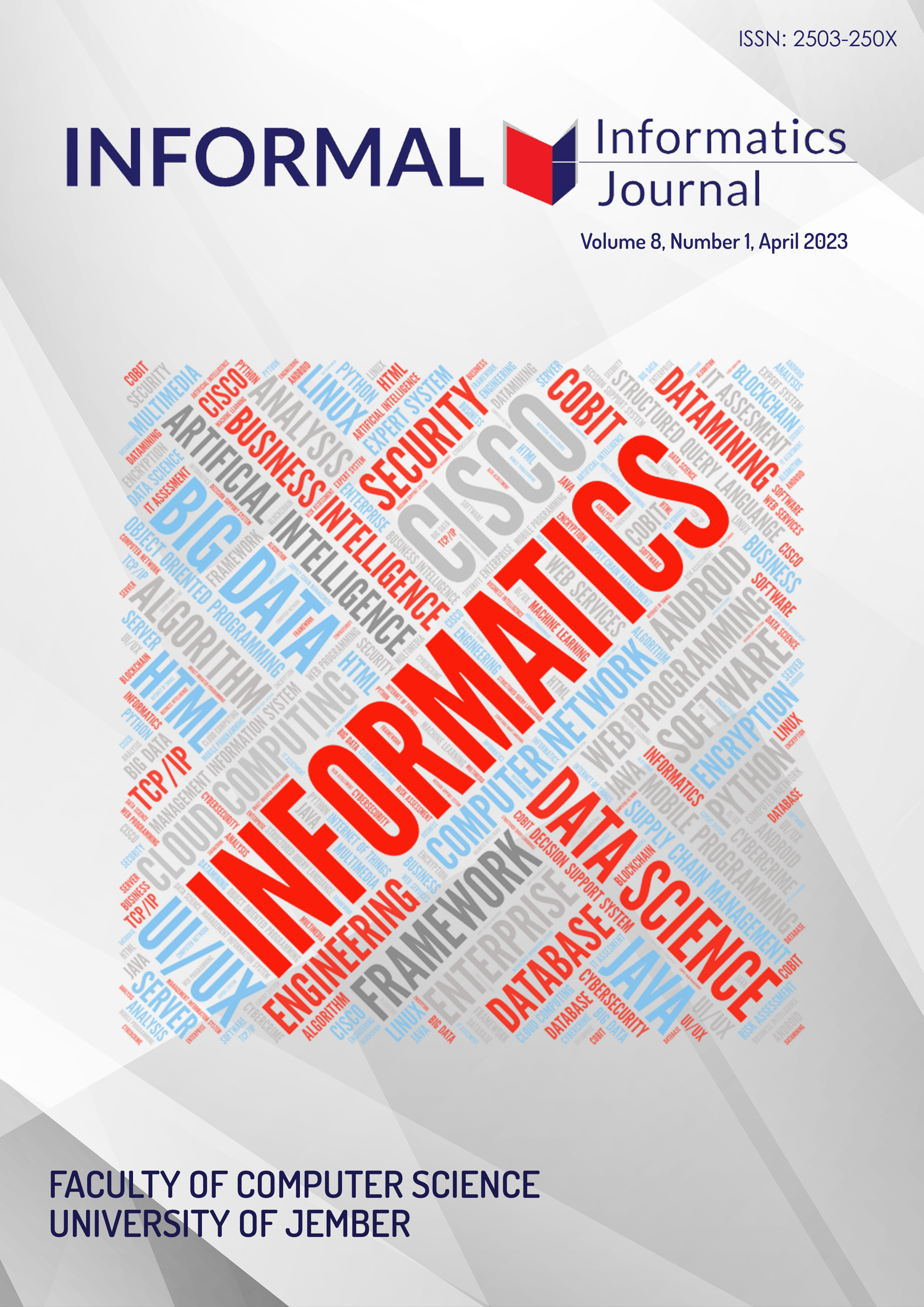User Technology Readiness and Acceptance of Mobile Human Resources Information Application
DOI:
https://doi.org/10.19184/isj.v8i1.35540Abstract
The Mobile Human Resource Application was developed to provide convenience for users. However, in the implementation phase, they have not been used by all users. There are several reasons users do not use the application, namely, employees often forget because they are not ready to use new applications, employees often fail to absent because there are some bugs at the beginning of implementation where the support team is not ready to help users and the employees’ insecurity when making a presentation using the face and location. The purpose of this study is to conduct empirical testing of the factors that influence the readiness and acceptance of users of the Mobile Human Resources Application. The Technology Readiness and Acceptance Model (TRAM) integrates technology readiness with technology acceptance into one model. TRAM is used to determine the effect of technology readiness on acceptance of the perceived ease of use factor and perceived usefulness will affect the intention to use. The result of the study showed that the Innovativeness and Perceived Ease of Use significantly influenced user technology readiness and acceptance of mobile human resources information application. Innovativeness dimensions of technology readiness have positive and significant effects on perceived ease of use. Perceived ease of use dimensions of technology acceptance has positive and significant effects on perceived usefulness and intention to use Mobile Human Resources.



